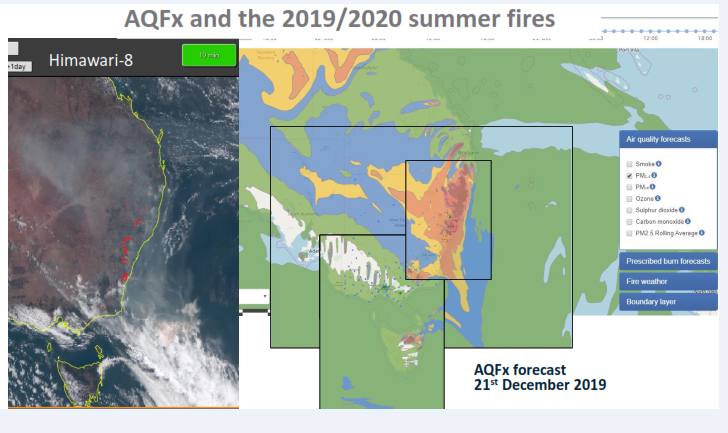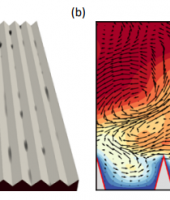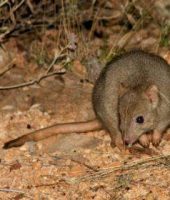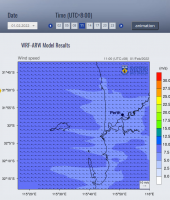Experimenting a smoke and air quality prediction system from planned burn for Western Australia
CSIRO has been leading research into the simulation of smoke emission and transport modelling in Australia to support decisions on whether, and where to conduct planned fuel reduction burns. This research led to the development of AQFx, a numerical smoke and air quality forecasting system. AQFx is currently run operationally by the Bureau of Meteorology (BOM) for the provision of 1 to 4 day smoke forecasts in NSW and Victoria for use by government agencies. Following the catastrophic 2019/20 summer bushfires, CSIRO and BOM are now planning to roll out the AQFx capability nationally. This project will support the implementation of AQFx into WA by enabling our project team to undertake detailed testing of the AQFx science algorithms for WA prescribed burn and bushfire conditions. The work will present an opportunity for WA scientists to engage directly with the CSIRO/BOM AQFx group, thereby enhancing technology transfer and skills development in the area of smoke forecasting science.
Area of science
Air Quality
Systems used
Magnus
Applications used
Conformal Cubic Atmospheric Model (CCAM), CSIRO’s Chemical Transport Model, R and PythonThe Challenge
The problem this research project is intended to reduce the impact of major bushfires, including inform and forecast the smoke impacts. Government agencies across the nation aim to optimise opportunities to achieve planned burning, while minimising the impact of smoke on the community.
The latter is achieved using a smoke management framework, which includes AQFx (a smoke forecasting system), and other capability requirements needed for the agencies, communities and industries to better prepare for smoke events.
Bushfires is a major source of aerosol, reactive trace species, and greenhouse gases in Australia. Research into smoke emissions has become increasingly significant as concern for air quality in the urban air sheds of capital cities, major regional centres and rural Australia grows. Under a changing climate the frequency of bushfires, the duration of the bushfires season and the severity of bushfires are expected to change. This is likely to result in substantial reductions in air quality in all Australian capital cities and in many regional towns.
Understanding these emission sources and its transport are central to understanding the atmospheric chemistry of Australia, its probable changes with changing climate, and its impacts on the human population health. Bushfires combustion research has become increasingly significant in line with national and international recognition of the importance of biomass combustion emissions for global atmospheric chemistry.
The Solution
The process that will solve the problem is to create a platform and necessary technical support for validation and optimisation of the AQFx model before the actual deployment in WA.
The Outcome
The computational and time cost running on a standard modelling computer is astronomical. The Pawsey centre is providing a huge support on providing the computation resource and data storage for the model testing and validation. The modules and software availability make the model building work much easier.
List of Publications
Williamson GJ and Lucani C (2020). AQVx—An Interactive Visual Display System for Air Pollution and Public Health. Front. Public Health 8:85. doi: 10.3389/fpubh.2020.00085
Cope M et al. (2019). Smoke Emission and Transport Modelling. Vic EPA Research Report 102
Lam S H M (2021). Development of a regional airshed chemical transport
model for priority airsheds in Western Australia. 2021 16th IGAC Science Conference






